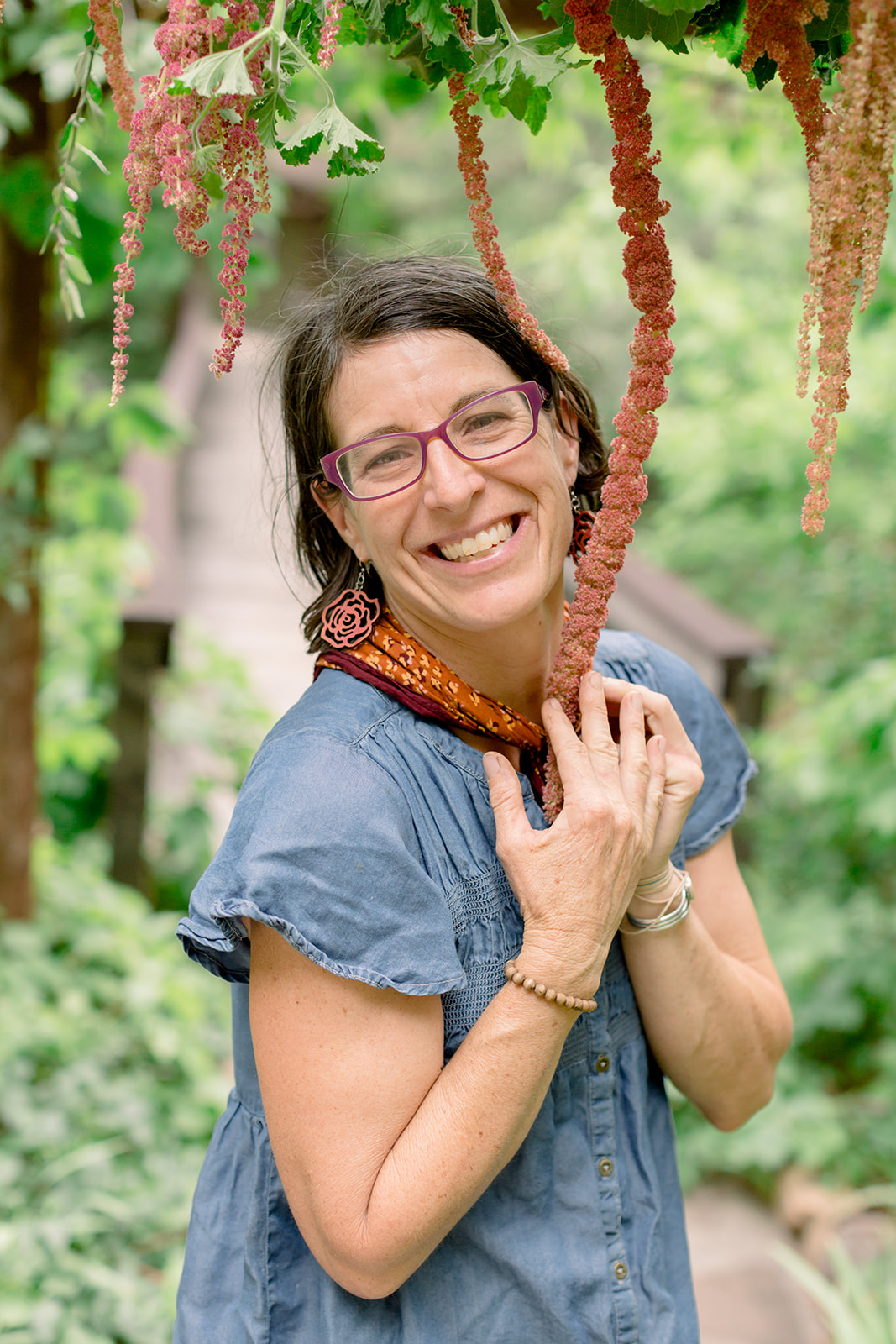On windy June days with the monsoons a distant dream, I long for moisture. I find my way to the dry riverbed of the Rio de Flag. The rustling of coyote willow leaves is the closest water-like sound for miles. Twists and turns in the Rio reveal surprises—a morning cloak butterfly, a red fox behind a shock of bulrushes and an overturned shopping cart. This is my inheritance, this ephemeral drainage springing from the San Francisco Peaks. It winds past downtown and travels northeast to join the Little Colorado River.
Most days of the year the Rio de Flag can hardly be considered a river. But I have grown fond of it. I have seen it run muddy on the first warm spring days or after a few hours of steady summer rain. Rivers connect us to our place. Current shuffles wildly all our memories, intentions, said and unsaid, further downstream.
Heraclitus, the Greek philosopher, is known for the saying, “No man ever steps twice into the same river.” He was a bit of a rebel and somewhat of a lost file in the annals of philosophy. We mostly know him for his theory on ever-present change in the universe and sixth-century BC gossip. He was known to play knuckle bones at the temple of Artemis with the children of Ehpesus. When adults observed his game-playing with scorn, he would reply, “Why should you be astonished, you rascals? Isn’t it better to do this than to take part in your civil life?” Perhaps Heraclitus was the mocking defector, an unpublished but quoted Ed Abbey. I wonder what Heraclitus would have said about the Rio de Flag? Can you step twice into the same dry riverbed?
Given the continuous roar of even the smallest rapid on the Colorado River, I am surprised to discover the Rio de Flag contributes to this orchestra of current. I find comfort in knowing that the Rio flows under our boat, merging with other side creeks below the Little Colorado River.
Springs, rivers and creeks make arid corners of the Colorado Plateau habitable. Water, both constant and ephemeral, breathes life into the stark curves between rocks—it nourishes the landscape and its inhabitants. Water falling from the sky sprints through dry ditches, arroyos and rocky canyons, and mingles with scores of other sources. It is a mixture of awe and terror to hear the roar of water, and the rumble of rocks tumbling, displaced by the violence of sudden current.
I trace the Rio’s watershed with rocks. As I walk, I gather the smooth stones that litter the banks of the Little Colorado. It is a study of colorful fragments of time. They are pale colors of bird’s eggs, deep mauves, yellow-ochres; they bear traces of fossilized shells, plants and animals.
Change is constant, inevitable. At least once, in another time, water rushed over these bluffs dropping polished stones in the swells of petrified sand. There are remnants of clay slip pots painstakingly decorated with yucca paintbrushes. Here in the old riverbed I also encounter our most recent rock layer, asphalt.
Stepping into the Rio, one cannot help but realize that life will not always be as it is now. Even these sandy washes and pine needle-littered, ephemeral waterways are constant in change. Each rainstorm bursting from the sky fills the riverbed with new current, and it journeys downstream. Even though it is hard to perceive, rivers are alive and changing just as we are.
Rivers are like going home again, but they too, are never the same. My childhood in rural Vermont revolved around the abundance of water. I drifted off to sleep on hot summer nights with the memory of a day on the Williams River. My skin held the fresh fragrance of water mixed with the sunshine, new grass, and the murky, organic matter growing on the river bottom. Each time I return home, I dunk myself into it like a baptism. It is my measure of change. My memories mingle with who I am now and I feel complete.
Heraclitus left us with much to think about. Rivers trace the course of our lives, especially in the Southwest. Even if ephemeral, we are forever in the current of our lives heading toward different destinations.

